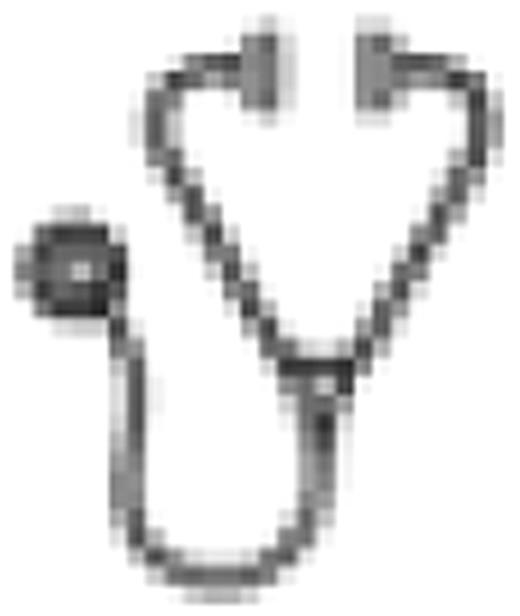Abstract
One attractive therapeutic target currently being explored in CLL is HSP90, a chaperone which stabilizes various client proteins (AKT, Raf, ZAP-70) which are important for survival of CLL cells. Interfering with HSP90 protein binding to these client proteins leads to their rapid degradation. Our group and others have demonstrated that 17-allylamino-17-demethoxy-geldanamycin (17-AAG) depletes only select chaperone proteins and promotes modest cytotoxicity in CLL patient cells. 17-dimethylaminoethylamino-17-demethoxy-geldanamycin (17-DMAG) is a novel HSP90 inhibitor with improved solubility, bioavailability and cytotoxicity in cancer cell lines as compared to 17-AAG. We demonstrate that 17-DMAG more potently induces caspase-dependent apoptosis of primary CLL cells compared to 17-AAG. This enhanced cytotoxicity is tumor cell selective as it spares normal T-cells and NK-cells, and only modestly affects normal B cells. In addition to the broad range of Hsp90 client proteins which are regulated by 17-AAG (AKT, CDK9, ZAP-70), we found that 17-DMAG was also able to deplete both IKKαa and IKKβ, the activating kinases of the NF-κB family of transcription factors. The impact of 17-DMAG on both IKKαa and β is very relevant, as there have been several studies investigating the effect of IKK inhibitors on in vitro apoptosis in CLL, however there is still no clear therapeutic option for targeting these kinases in the clinic. Most IKK inhibitors including 17-AAG are specific for the IKKβ subunit that mediates classical NF-κB signaling, leaving IKKαa and the alternative NF-κB pathway intact. This is particularly important given recent evidence by Lam et al. (Clin Can Res 2005 Jan 1;11(1):28-40) demonstrating that IKKαa is able to compensate for the loss of IKKβ in DLBCL cells lines. Therefore the ability of 17-DMAG to target both subunits of the IKK complex potentially makes it a very potent and effective NF-κB inhibitor in CLL. To validate the downstream significance of this NF-κB regulation, we show that 17-DMAG effectively reduces NF-κB nuclear localization DNA binding in CLL patient cells resulting in decreased transcript and protein levels of NF-κB targets MCL1 and BCL2, known to be major factors in CLL cell survival and drug resistance. The decrease in MCL1 and BCL2 following 17-DMAG treatment was not prevented by treatment with the caspase inhibitor zVAD-fmk even though viability was rescued, suggesting that the decrease in these survival proteins precedes cell death and is not simply a consequence of the apoptotic process. Finally, we determined the in vivo significance of 17-DMAG treatment using a TCL1-SCID transplant model. We found that NF-κB targets genes (A20, BCL2, cIAP, MCL1 and XIAP) were decreased in vivo following treatment with 17-DMAG. In addition to typical genes which are activated by NF-κB, we also determined the in vivo effect of 17-DMAG on NF-κB mediated transcriptional repression. Our group has recently determined that the transcription factor FOXD3 is transcriptionally silenced by an NF-κB repressor complex very early in the disease progression of the TCL1 mouse model, an event which facilitates subsequent global DNA methylation and gene silencing in CLL. We found that treatment with 17-DMAG leads to re-expression of FOXD3 suggesting that 17-DMAG is an effective therapeutic tool to target NF-κB mediated gene repression as well as NF-κB mediated expression of survival genes. Furthermore, 17-DMAG treatment significantly prolonged the survival of these mice (75 days vs. 66 days, p=0.027, n=10/group). Together, our data demonstrate that the HSP90 inhibitor 17-DMAG represents a novel multi-subunit IKK inhibitor leading to a decrease in anti-apoptosis genes relevant to CLL survival while increasing the expression of genes silenced during CLL disease progression. Given its oral formulation, which allows administration of 17-DMAG by continuous dosing and uninterrupted inhibition of HSP90, initiation of phase II clinical trials in CLL that include detailed pharmacodynamic studies monitoring NF-κB target genes are indicated.
No relevant conflicts of interest to declare.

This icon denotes an abstract that is clinically relevant.
Author notes
Asterisk with author names denotes non-ASH members.

This feature is available to Subscribers Only
Sign In or Create an Account Close Modal